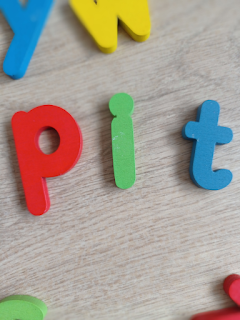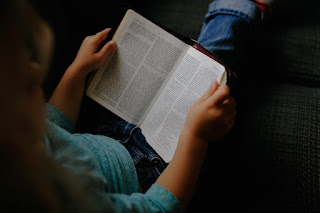Embracing the Great Outdoors: Enhancing Reading with Outdoor Classrooms

As educators, we're constantly seeking innovative ways to engage our students and foster a love of learning. One such approach that has truly transformed our school experience is taking reading outside . With the recent introduction of our outdoor classroom , inspired by the principles of Forest School , we've discovered a wealth of benefits for both our pupils and staff. In the wake of the Covid-19 pandemic, the importance of outdoor learning became increasingly evident. Not only does it provide a safer environment for social distancing, but it also offers countless opportunities for hands-on exploration and connection with nature . As we immerse ourselves in the outdoor setting, we've found that it not only benefits our physical health but also enhances our mental well-being. One of the most exciting aspects of taking reading outside is the ability to bring stories to life in a whole new way. Recently, while reading "The Baker's Boy" by Tony Br...




